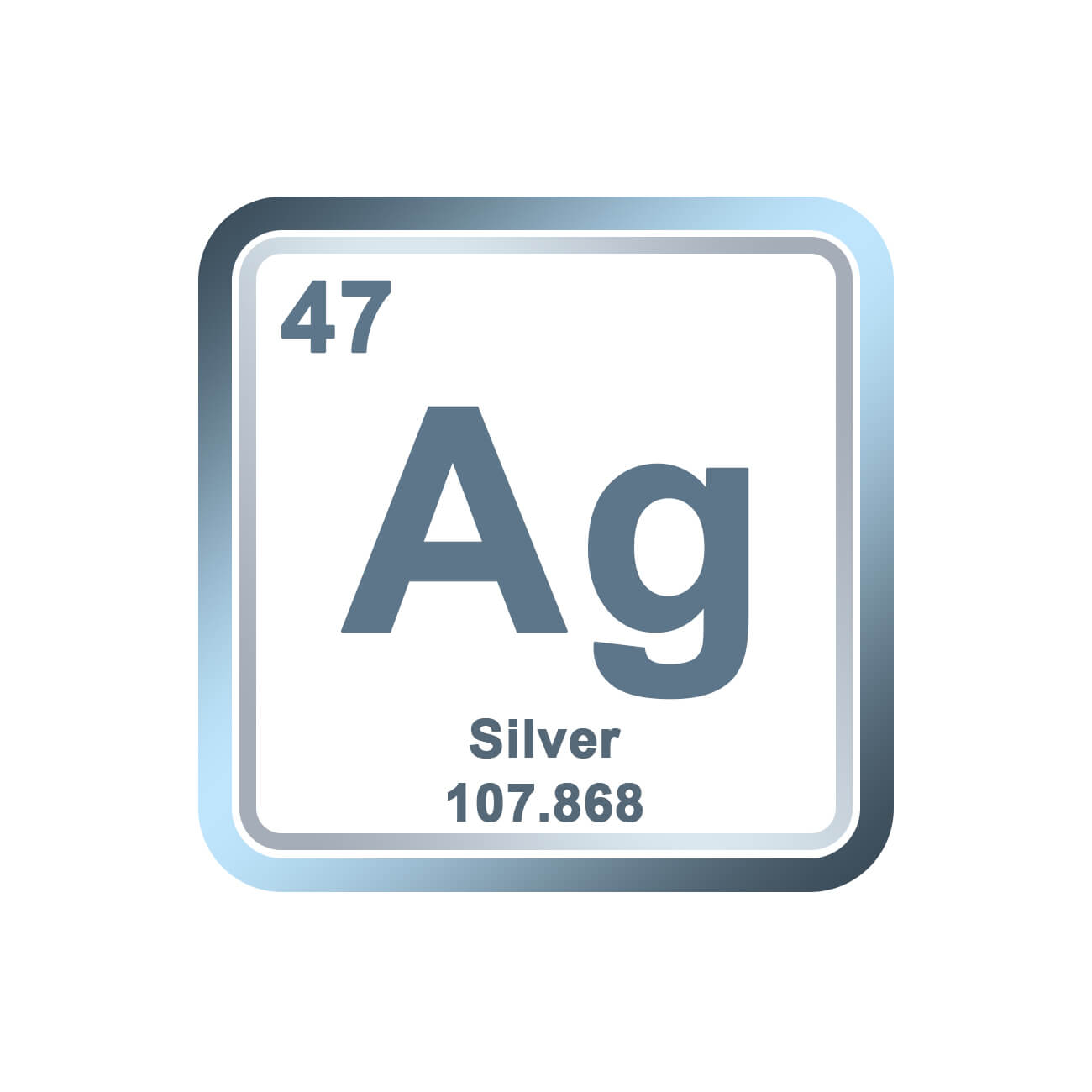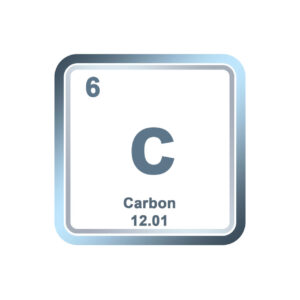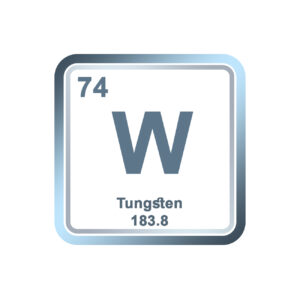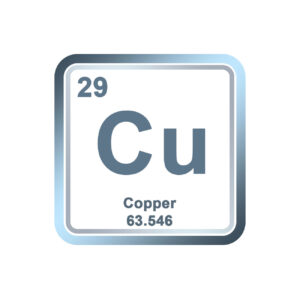Silver
Overview of Silver in Essential Manufacturing
Per the United States Geological Survey National Mineral Information Center, in 2020, U.S. mines produced approximately 1,000tons of silver with an estimated value of $670 million. Silver was produced at 4 silver mines and as a byproduct or coproduct from 33domestic base-and precious-metal operations. Alaska continued as the country’s leading silver-producing State, followed by Nevada. There were 24 U.S. refiners that reported production of commercial-grade silver with an estimated total output of 2,000 tons from domestic and foreign ores and concentrate and from new and old scrap. The physical properties of silver include high ductility, electrical conductivity, malleability, and reflectivity. In 2020, the estimated domestic uses for silver were electrical and electronics, 28%; jewelry and silverware, 26%; coins and medals, 19%; photography, 3%; and other, 24%. Other applications for silver include use in antimicrobial bandages, clothing, pharmaceuticals, and plastics; batteries; bearings; brazing and soldering; catalytic converters in automobiles; electroplating; inks; mirrors; photovoltaic solar cells; water purification; and wood treatment. Mercury and silver, the main components of dental amalgam, are biocides, and their use in amalgam inhibits recurrent decay.
Product Description
USGS Silver Report 2021
Silver used for industrial purposes accounts for more than 50% of the annual demand over the past decade. The largest consumers of silver for industrial applications have been the US, Canada, China, India, Japan, South Korea, Germany, and Russia.
Even with this existing usage, global photovoltaic demand for silver has grown at a compound annual rate of 20% over the last decade, according to the Silver Institute’s World Silver Survey. Much of this used by China as they are the current leader in solar panel manufacturing. These figures continue to increase as usages in photovoltaics become more widespread and new technologies, such as battery and EV production, continue to increase.
Almost every computer, mobile phone, automobile, and appliance contains silver. It is the perfect substance for coating electrical contacts because of its high electrical conductivity and durability. Painting silver ink on any non-metal surface provides an electrical pathway, eliminating the need for wires.
Silver is the highest electrically and thermally conductive metal, and it exhibits the highest level of optical reflectivity in the visible range. With the ever-increasing usages coupled with shrinking demand, a domestic supply of silver becomes ever important within our growing economy.
Silver in Green Energy
Long known as a precious metal, silver also has industrial applications metal for an eco-friendly future. Silver’s sensitivity to light has found fast-growing use in the photovoltaic, or solar energy, industry. Using silver as a conductive ink, photovoltaic cells transform sunlight into electricity. Photovoltaic use first made an impact on silver demand in 2000, just as photographic use began its decline, with the sector consuming 1 million ounces that year. This was not even one-tenth of the amount used by the electronics industry, but by 2008 the photovoltaic sector was consuming 19 million ounces per year as major government subsidies promoted the industry’s growth in the US, Western Europe and particularly China.
Global population growth, and the fact that the renewable energy sector needs a significant amount of silver for production, means there will be an even greater demand moving forward. This demonstration is not only seen as a major ingredient for solar panels, but also increasingly in the automotive, battery, and EV sectors.
In the transportation sector, spurred on by overwhelming policy support, as well as falling costs and greater understanding of the benefits of electric vehicles, battery electric vehicles, and plug-in hybrids will account for an ever-increasing proportion of global vehicle sales. Based on estimates, these platforms may account for as much as 35% of global vehicle sales by 2030. The incremental growth in silver loadings within new energy vehicles will have a meaningful impact on future demand for silver from the automotive segment.
Silver’s superior electrical properties make it hard to replace across a wide and growing range of automotive applications, many of which are critical to safety and to meeting increased environmental standards. Silver is found in many car components throughout vehicles’ electronic systems. These systems primarily use silver in electrical contacts, which connect electrical components with one another, including conductive pastes in automotive glass, circuit-breakers and fuses, switches, and relays used to activate varying electronic devices and various others.
As the auto industry embraces new technologies, silver remains of pivotal importance, including opportunities in the commercially untapped opportunity for silver-zinc batteries, continued usage of EV propulsion systems, and the dramatic escalation in vehicle complexity. While its estimated that the automotive industry uses approximately 61 million ounces of silver to date (2021), the growth estimates show usage increasing to the range of 110-140 million ounces each by 2030, with growth in both automotive and solar applications bolstering further demand in the longer term.
As an industry, we have a responsibility to not only manage these resources responsibly but to also take steps to ensure that the extraction and conveyance of those resources are safe, responsible, and efficient.
Silver in Medical
Of all chemical elements, silver has the most powerful antibacterial action with the least toxicity to animal cells. Because like the other, more expensive precious metals, it interrupts the ability of bacteria cells to form certain chemical bonds essential to their survival. But cells in humans and other animals have thicker walls and are so undisturbed.
Silver has been used for thousands of years as a medical treatment and antibacterial aid. Examples typically centered around keeping water safe to drink through silver-coated bottles, embedded particles, or even silver coins placed directly into the water. When added to water, silver releases silver ions. These ions also kill and prevent biological growth, again disabling the metabolism of germs and hindering their membrane functions.
During the 1920s, over 3 million prescriptions per year were written in the US for medications containing silver. Due to the introduction of penicillin in the 1940s, antibiotics became the standard treatment for bacterial infections, and this use of silver diminished. However, due to the continued overuse of antibiotics since their introduction, silver has shown effective treatment against bacteria that are becoming resistant because of the overuse of these chemical antibiotics.
More recently, silver coatings are being placed on medical devices such as breathing tubes and catheters to help fight infections. It’s also being applied to artificial bones and scaffolding used to keep bones in place while they mend. Silver is found in bandages and ointments because it keeps bacteria at bay, allowing the body to heal faster. Silver-copper ionization has also been approved as a primary treatment for long-term control of legionella in air-cooling systems.
In summary, there is much more to silver than its historical use as a monetary metal, or its ongoing use in jewelry and investment. Industrial and technological use of silver accounts for well over half of annual demand. As disease and infection become major concerns in today’s world, silver is poised to play an important role in alternatives in medical care.






Reviews
There are no reviews yet.